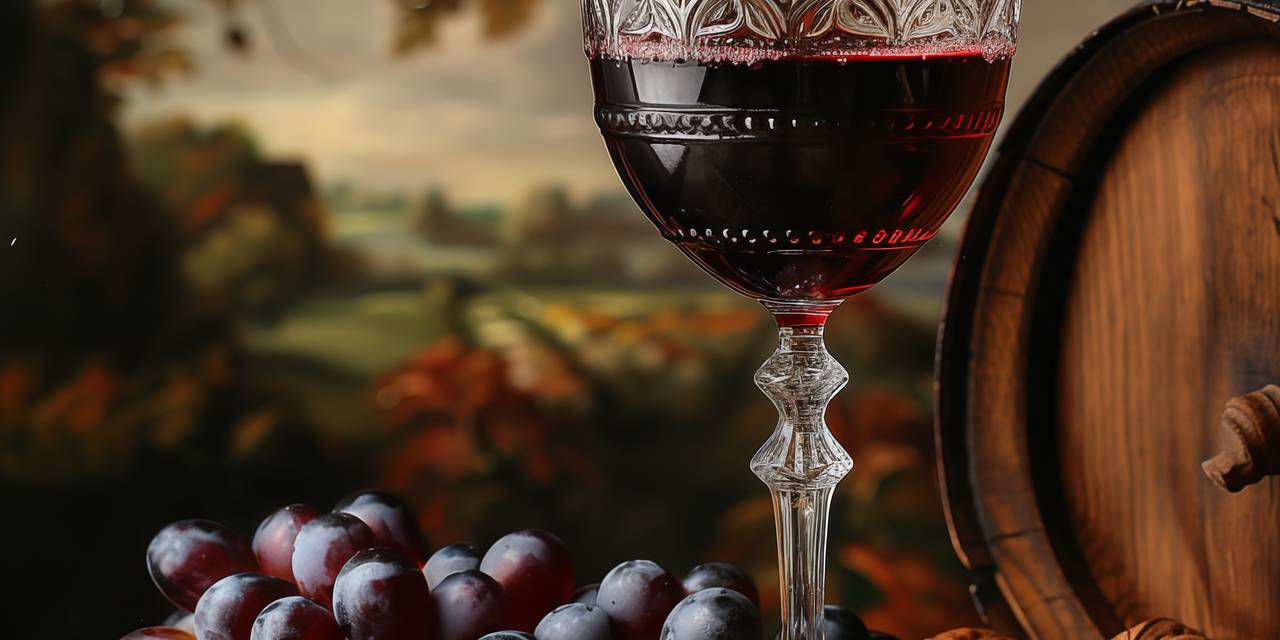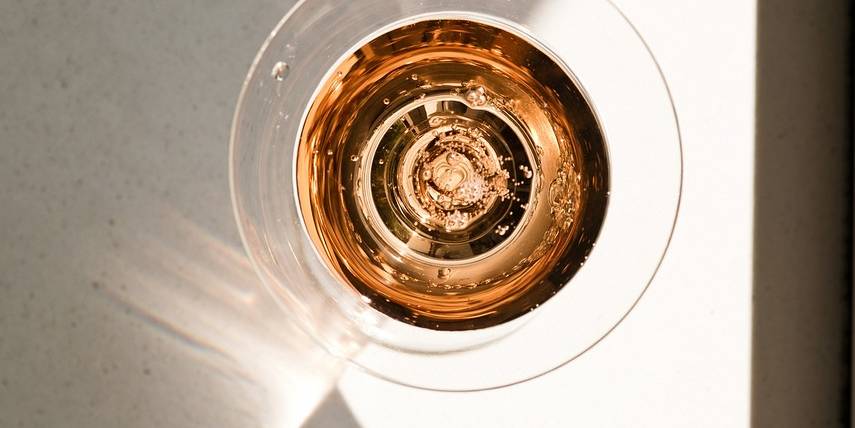What is aged wine?
“You improve like good wine”, a well-worn phrase but it may encapsulate the most important aspect of wines.
Because a good wine is one that gains in complexity, balance and depth over time. And not all wines are capable of this. Hence the fact that old wines, wines that defy time and improve, can be pricey, a sign of their quality and value.
What transformations occur in wines over the years?
Time will not improve a poor quality wine. We must start from the premise that a great wine will improve if it is produced with this objective as it is already good. To this end, several factors are key:
- Good quality grape. It is known that there are grapes with greater ageing potential.
- Good vintage, favourable weather conditions to reach the grape’s optimum point.
- Reliable and regular producer.
- Wines with high acidity, tannins and even sugar.
This can be found in white wines, red wines, rosés, sparkling wine, sweet wines… The ability to evolve is not exclusive to red wines as is generally thought.

The passage of time in wines generates several changes:
- Transformation of aromas and flavours: when the wines are young, the primary aromas, fruit aromas, are the most evident. They can be appreciated in a fresh and crisp stage. In the case of red wines, red and black fruit like blackberries, strawberries, raspberries, and cherries stand out. Over time, they can develop into riper fruit, hints of tobacco, dried leaves, soil.
In the case of white wines, hints of green apple, pear, herbs, peach turn into hints of honey, nuts, pollen, bread…
Ageing in wood plays a fundamental role. The ageing of wine in a cask transfers their aromas and flavours, spices, roasts, vanilla, smoke, all of which depending on how long it is.
Consequently, aged wines will leave behind their virtues of youth and fresh fruit and gain complexity with tertiary hints resulting from the ageing.
These transformations continue in the bottle. So you should not forget that many wines gain with their subsequent storage in the bottle.
- Wine’s acidity decreases. Although, analytically, it does not change, its sensation does as it is softer and creamier in aged wines.
- Tannins are softened and this is one of the main functions of ageing. The astringency and dryness of a young tannin is gradually lost over time, producing rounder and smoother wines with ageing.
Vintage wines are a treasure. If you have the patience wait to savour a unique product, which has been shaped by the years, and witness to stories, while defying fashions and trends, they will be a unique experience for your senses.

If you are lucky enough to have stored a bottle for many years, or have inherited this wonderful gift, or if you are a treasure hunter seeking out old bottles, you will need certain things in order to enjoy them:
These wines spend a lot of time stored in a barrel or bottle, which is why contact with the air causes a sudden change in them. Open them carefully and gently. If there is any sediment, which is probable due to the time passed, decant gently.
Let it breathe for a while, to help release the aromas. As we have already mentioned, the time for the explosion of fruit has passed. The aromas will likely be more subtle, but there will be a new palate which is only achieved with time.
Careful with the corks, as, due to prolonged ageing, they are likely to be moist and quite degraded. Have the proper corkscrew. In this case, the double-hinged waiter’s corkscrew is ideal to avoid breaking the cork.
There is little else to say. Just time, time to calmly, unhurriedly, enjoy that bottle that had been stored for so long so that you can now savour it.








